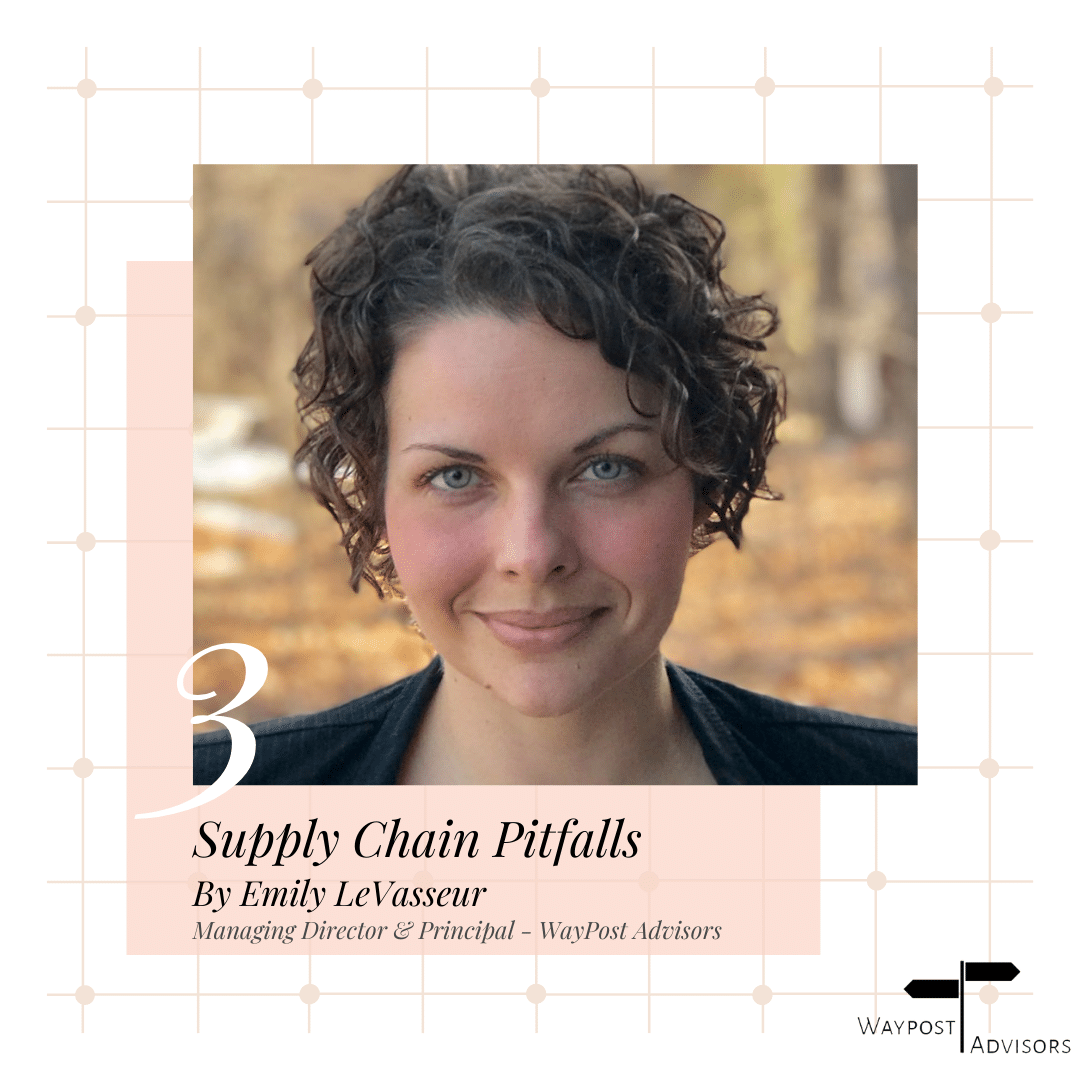Where Do Women Stand In The Food Industry
The acceptance of women in the industry has come a long way, but not far enough. In some industries, such as the food industry, gender equality is still severely lacking. The good news is that women can be empowered to make the changes necessary that will allow for a better balance in gender equality. This can be done when women recognize the power that they already have in the food industry.
The Power of Women In The Food Industry
Many surveys and studies have been completed that support the role that women play in the food industry. This research is showing:
Main Food Shoppers
The individual that normally takes on the responsibility of doing the grocery shopping is 71.3% of the women.
By Age Group:
Ages 18 to 24: it is 36.1% women
Ages 25 to 64: it is 76.5% women
Ages 65 and older: it is 74.2% women
Main Food Preparers
Statistical figures show that it is 73.8% women who are food preparers.:
By Age Group:
Age 18 to 24: 39.9% women
Age 25 to 64: 77.3% women
Age 65 and older: 81.9% women
What Are The Statistics For Women In The Food Industry?
McKinsey compiled a report based on research for 2017 that clearly outlines the gender equality in the food industry, showing the following:

What Are The Reasons For The Gender Gap?
Knowing what the figures are is a start. To take it, a step further is to determine why women are lagging behind in the executive roles of the food industry. There are some causes that are easier to identify compared to others. For example:
Hiring:
Hiring outside of the company is more favorable towards men than women in the three major areas of the food industry, which are:
- Manufacturing:
- At entry level positions, women are well represented. First promotions for women are at 2.7% and men are at 10.5%
- Distribution:
- Lowest representation of women
- Operators:
- More progress has been seen in this sector compared to the other two. There are better rates of promotion.
Improvement Opportunities
There are some improvement programs, but less than what is found in other industries.
Ambition Gap
Research has shown that fewer women in the food industry want to enter into the executive level compared to their male counterparts.
What Are The Problem Solvers?
Although the current statistics are somewhat bleak, and the causes are challenging to overcome, there are several positive steps that can be taken to close the gender gap in the food industry. All of which upon success can create some extremely positive outcomes for the industry.
From The Bottom Up
By increasing the number of women that are hired at the entry-level, it provides more opportunities for in-house promotions.
Better and More Improvement Programs
Setting up lower-level employees for success at management levels with the right training and programs will provide a better pool of employees to choose from for higher-level positions.
Creating A Desire
If there are more opportunities for advancement within the companies, then there is more incentive for women to have a desire to fill these.
Leadership Support
The management level has to provide the type of positive leadership that treats women equally in the workplace. They need to allow women to have a voice in the company.
These are not difficult changes to be made but ones that will have a major impact on the gender equality that will not only serve to benefit the females but the companies within this industry.











